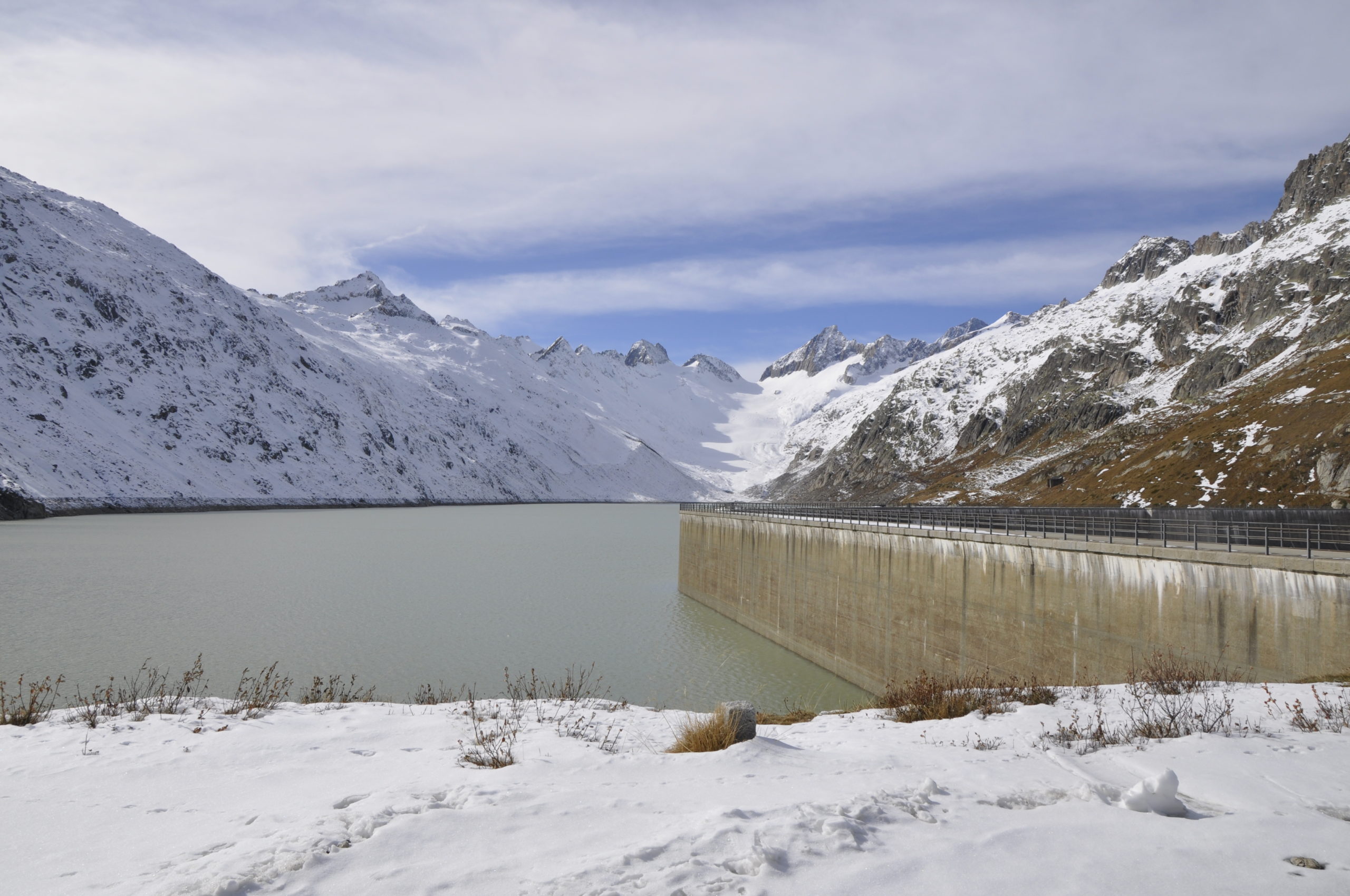Governing Water Commons in the Haslital
How the Kraftwerke Oberhasli act as commoner in a complex framework
How the Kraftwerke Oberhasli act as commoner in a complex framework
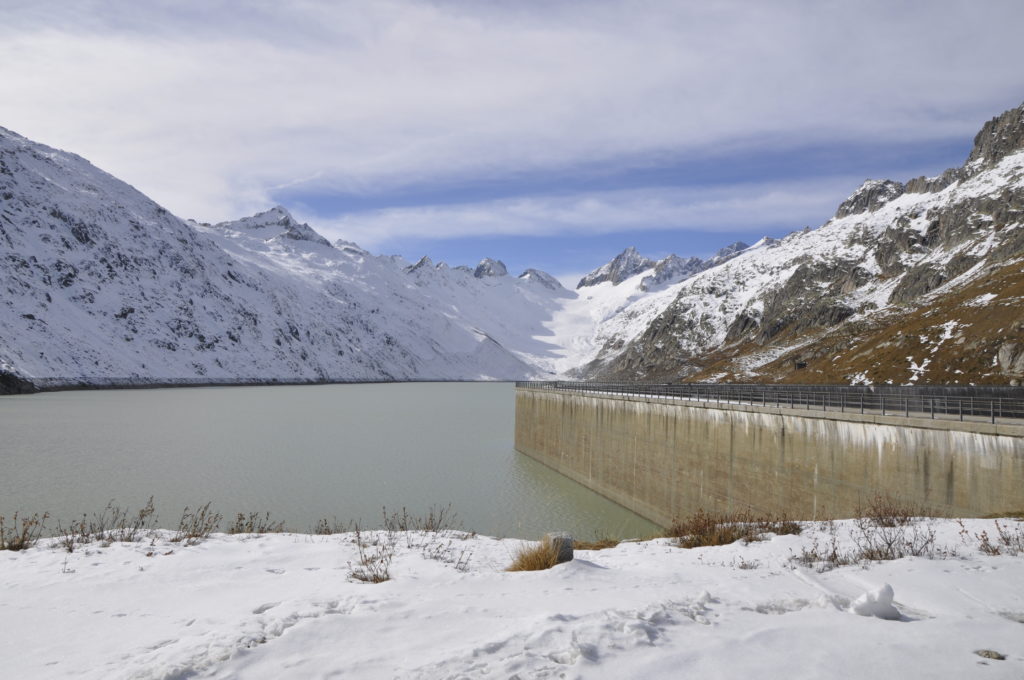
In 1925, in the Haslital, which is a 35 km long valley in the Canton of Bern in the Swiss Alps, the Kraftwerke Oberhasli AG (KWO) were founded by the Bernischen Kraftwerke. Today, 50% of KWO is still owned by the Bernischen Kraftwerke while the other 50% is shared equally between electricity companies from the City of Basel, Bern and Zurich. They own the concession rights until 2042, which allows them to gather and store water to produce energy.1 Today, the concession area extends over 450 km2, which contains eight dammed lakes and thirteen electricity plants. Most KWO facilities lie underground and are connected by a complex system of tunnels, totalling about 160 km in length.2
KWO is one of the largest employers in the Haslital3, and many Swiss residents profit from the energy that KWO produces. It can thus be regarded as an underground commons from various points of view.
Different lex communis operating at different levels govern the res communis that is the Kraftwerke Oberhasli AG. Regional environmental laws, national energy laws, ownership of the KWO by different national energy providers, and international laws relating to the flow of water. These create a complex yet interesting commoning framework for KWO4.
[1] Freitag, Britta. Wasserkraftwerke Im Hochgebirge : Auswirkungen Auf Den Naturhaushalt Und Kulturraum Dargestellt Am Beispiel Der Kraftwerke Oberhasli (Berner Oberland/Schweiz). Thesis. Egelsbach [etc.]: Hänsel-Hohenhausen. Vol. 539. Egelsbach [etc., 1994. Print]. p. 26.
[2] Kraftwerke Oberhasli AG. Geschäftsbericht 2019. Innertkirche, Schweiz: Kraftwerke Oberhasli AG, 2020. p. 15.
[3] “Switzerland: Kwo Plans Investment.” Neue Zuercher Zeitung, 1999, p. 26.
[4] Shlomi Dinar, Assessing side-payment and cost-sharing patterns in international water agreements: The geographic and economic connection, Political Geography, Volume 25, Issue 4, 2006, p. 412-437.
Freitag, Britta. Wasserkraftwerke Im Hochgebirge : Auswirkungen Auf Den Naturhaushalt Und Kulturraum Dargestellt Am Beispiel Der Kraftwerke Oberhasli (Berner Oberland/Schweiz). Thesis. Egelsbach [etc.]: Hänsel-Hohenhausen. Vol. 539. Egelsbach [etc., 1994. Print]
Pascal Blanc and Bruno Schädler, Hydrology Group, Institute of Geography at the University of Bern. Water in Switzerland – an Overview. Swiss Hydrological Commission. Bern, 2014.
Schneider, F., et al. Scales of Justice in Water Governance: Hydropower Controversies in Switzerland. Water Policy, vol. 16, no. S2, 2014, pp. 137–154., doi:10.2166/wp.2014.405.
Image 1 –
Wassereinzugsgebiet
Source: KWO, 2015
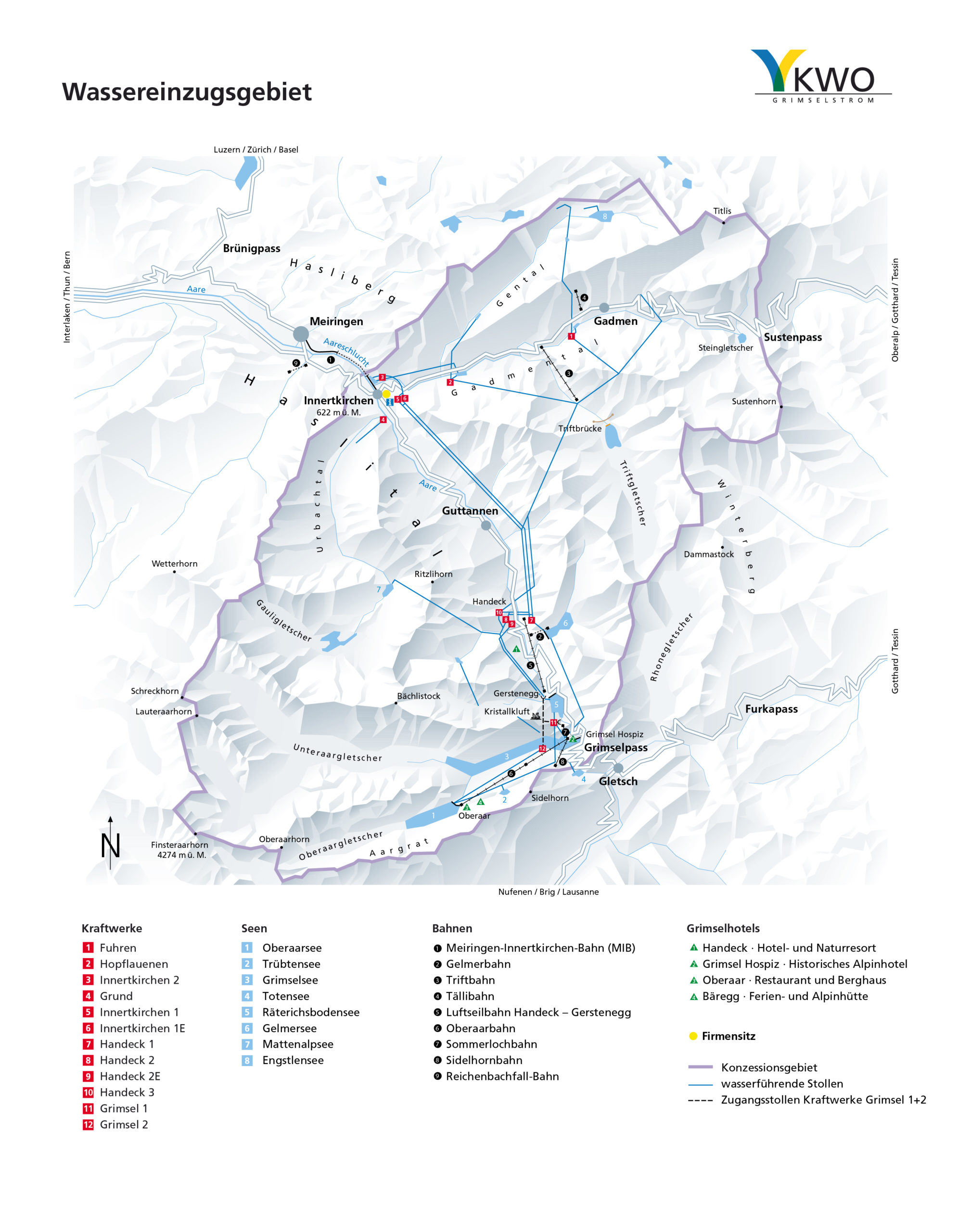
Image 2 –
Interior of a service Tunnel at Handeck.
by Theodor Domanski (2020)
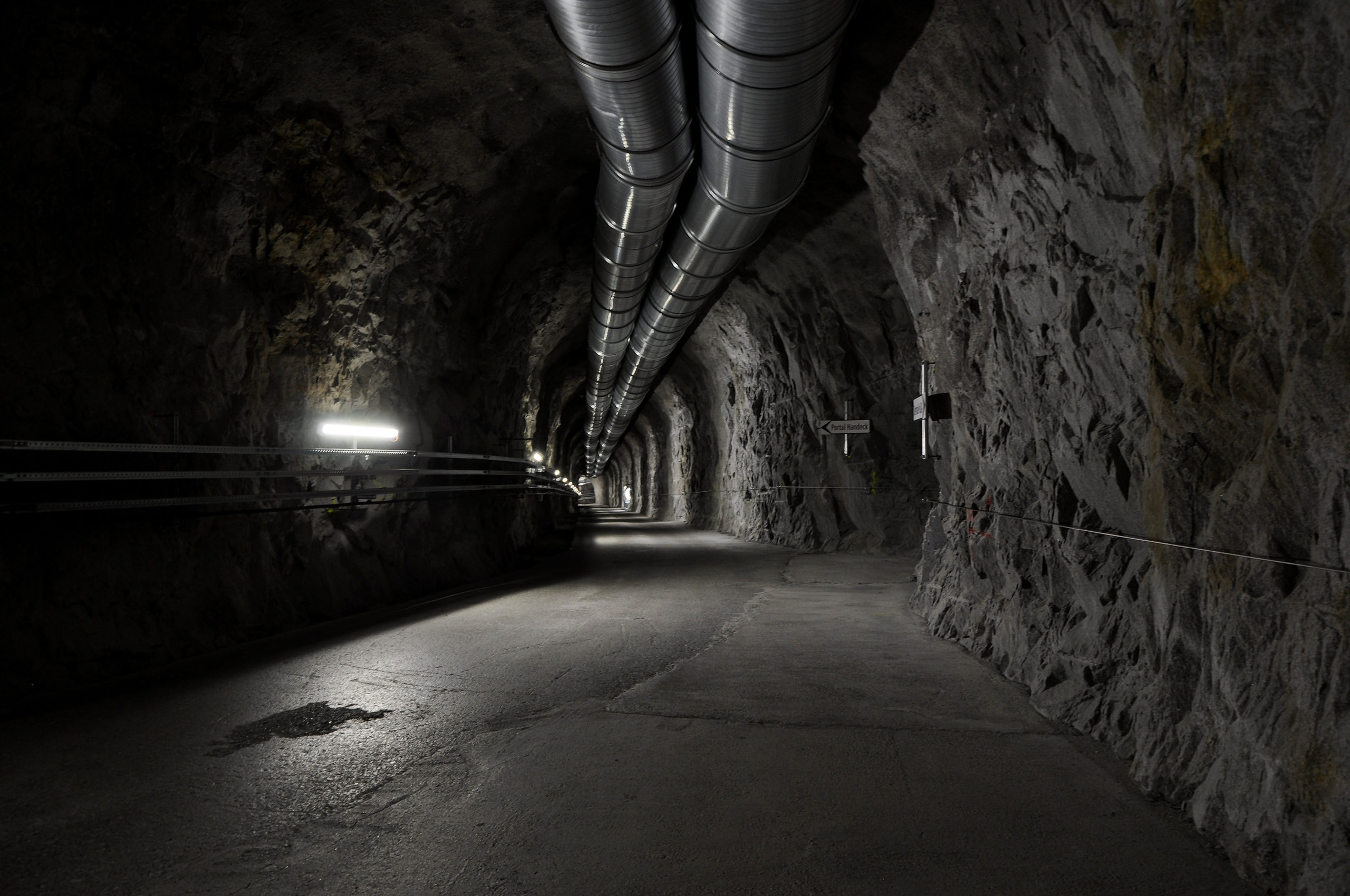
Figure 3 –
Interior of the turbine hall Handeck 2.
by Theodor Domanski (2020?)
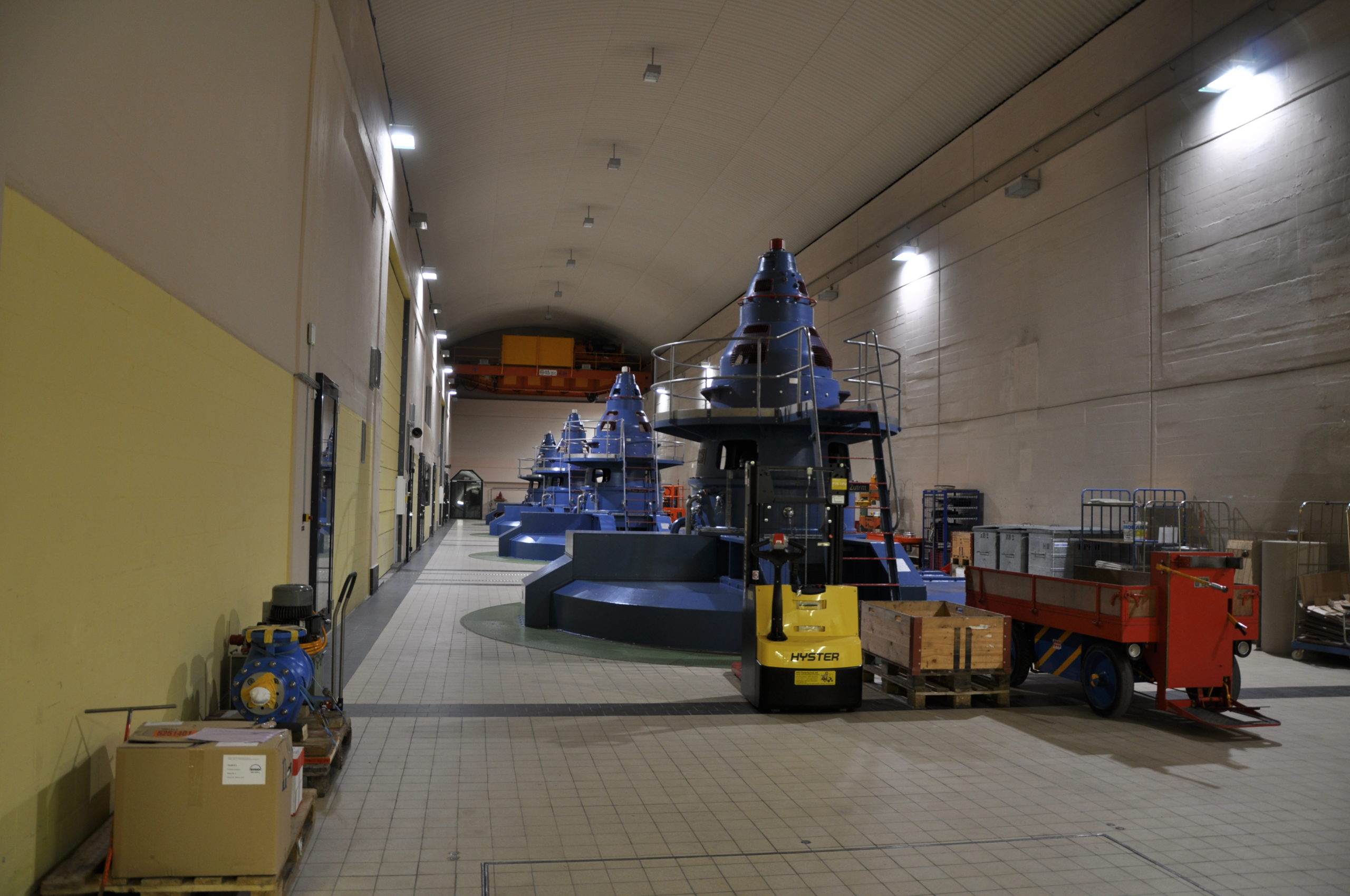
Image 4 –
Landscape and built environment meet.
by Theodor Domanski (2020)
